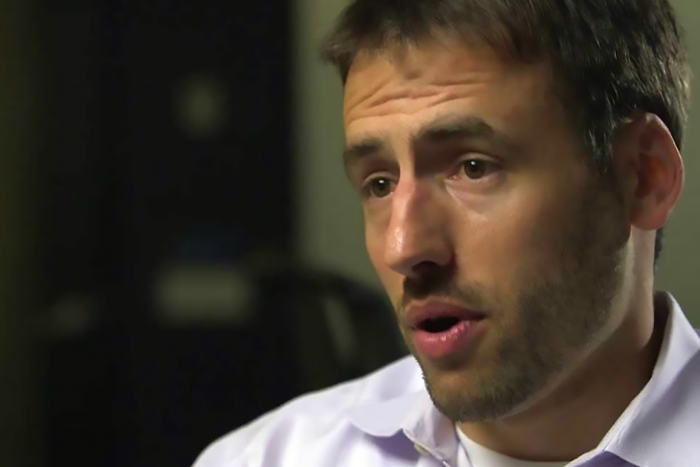James Dartnell sat down with Microsoft’s director of Azure Compute, Corey Sanders, at the firm’s Build 2017 conference in Seattle, to hear how Microsoft is striving to make its cloud services more intelligent for users.

Edge computing seems to be becoming a key focus of Microsoft’s.
I think edge computing is going to be a huge proponent for a specific set of workloads. IoT is a really good example of that, where the amount of data that is being generated requires immediate reaction and ingestion. That’s where some of these edge capabilities can enable insights instantaneously. You can take advantage of the public cloud for longer term scenarios for machine learning-based solutions and data analytics, with edge offering a real-time response and the public cloud offering analytics. This can give enterprises of every shape and size the opportunity to do really innovative things.
Why has Microsoft decided to prioritise IoT enhancements to Azure in the form of Azure IoT Edge? Had you received particular demand from the market that made you decide to home in on IoT?
For quite some time with Azure, we’ve had a big focus on hybrid, and on enabling enterprises to run anywhere that they need to, whether in public Azure or their own on-premise environment. A lot of our Azure Stack strategy was built around that principle. What’s funny is that as the hybrid strategy crystallised with customers, it became clear that a priority for them was not necessarily replacing their entire environment on-premises – there are customers who want to do that – but for a lot of them it’s to run a sub-set of solutions, a lot of which are IoT-focused, or are data ingestion solutions or stream analytics.
To enable that, I need your hybrid story, but focused on edge-based IoT solutions. We’ve taken a lot of customer feedback about hybrid strategy and converted it into our new edge strategy. It starts with Azure Stack as being a cloud on the edge, and it’s exciting to see some of the capabilities around functions – small bits of code – that can be run in a hybrid edge environment which allows customers to take advantage of the cloud without having to run their entire own cloud. They can still get the benefits of the public cloud and all the aspects of scale and agility, while having the benefits of proximity that come with local edge computing.
Manufacturing aside, in which industries do you see a strong case for using Azure IoT Edge?
You can imagine retail using it to gain insight for the ways shoppers move around their stores and the ways they interact with products. You can easily imagine that being a very powerful scenario for IoT and edge-based computing, with each store having their own set of devices or their own Azure Stack running in them. To a certain extent, the scenario of edge and IoT-based solutions can apply to any scenario where humans are making decisions. The scenarios go on and on – you can also imagine cars being a very interesting scenario for opportunity, as well as disconnected ships and oil rigs.
Can solutions like Azure IoT Edge level the playing the playing field in the future in traditional retail’s battle against e-commerce?
I think the combination of physical retail coupled with cloud-based e-commerce offers a set of capabilities to give classic retailers the ability to respond. We’ve given one of our retail partners, ASOS, the ability to combine that e-commerce experience with a physical store experience, and layer this IoT-based edge opportunity on top, which really helps them to compete in a very aggressive and disruptive market.
What are your thoughts on your new Azure Cosmos DB service?
I’m super excited about it. I run the compute team but it’s my favourite Azure service. I think it will change the way developers write applications in a few ways. Firstly, I think the flexibility of its programming model makes it very attractive. You can effectively have your IT pros manage your environments all in the same way. Whether it’s backup, state replication or regional coverage, your developers can access different endpoints. The management stack is now consistent, so it should enable fast time to market for developers, so they can get an app up and running really quickly. On top of that, the global replication is really powerful, and is something that most developers have been searching for – the ability to have click-button global replication and consistency modelling, and now it’s possible. Data can be easily replicated across the world. It will enable scenarios that were either impossible or very hard beforehand.
Which aspects of AI will you be looking to enhance in Azure and in which areas have you seen the biggest progress so far?
When I think about AI, it all comes back to being centred around the data that you have available, and how you can get insights from it. I think solutions like facial recognition and speech to text translation are taking advantage of a plethora of data and being able to draw conclusions from it. I think those are going to be the first wave of services that really pick up. As more enterprises understand the data that they’re sitting on and how to take advantage of it, we will see more and more exciting solutions come out of it. It really centres around what data you have and how you can drive outcomes from it.





